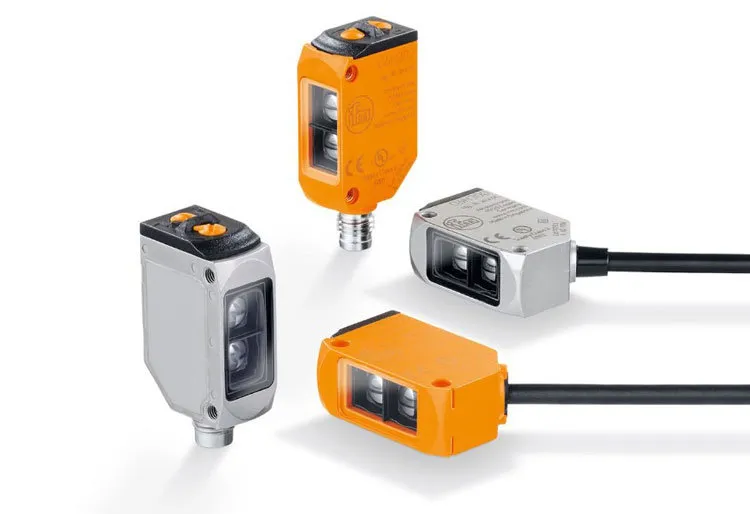Proximity switches are non-contact sensors that detect the presence or absence of objects within a specified range. They work based on the principle of inductive, capacitive, or magnetic fields. These sensors are widely used in automated systems where the physical contact is either not possible or undesirable, such as for detecting the position of parts or objects on a conveyor system.
Technical Specifications:
Optical sensors detect objects, changes in light intensity, or distance using light waves (either visible or infrared). They are typically used in applications requiring high-speed detection or for environments where the sensing target is small or difficult to reach. Optical sensors are widely used in packaging, assembly lines, and material handling systems.
Technical Specifications:
Encoders are sensors that convert rotary or linear motion into electrical signals that can be processed by control systems. They provide precise position feedback, making them crucial for applications that require exact motion control, such as in robotics, CNC machines, and conveyors.
Technical Specifications:
Linear sensors are used to measure the position, displacement, or distance of an object along a linear path. These sensors provide precise measurements in applications where exact linear movement needs to be tracked, such as in automated test machines, CNC machines, and packaging equipment.
Technical Specifications:

In industrial automation, sensors are essential components that detect physical changes in the environment and convert them into electrical signals for control systems. They play a vital role in gathering real-time data, enabling systems to adjust operations based on input from the environment. Industrial automation sensors enhance efficiency, improve safety, and ensure precise control of processes in manufacturing, robotics, material handling, and more.
Sensors in industrial settings come in various types, each suited for specific applications. Common types include Proximity Switches, Optical Sensors, Encoders, and Linear Sensors. Each of these sensors provides unique functionality, allowing for accurate detection of objects, positions, speeds, and other critical factors within an automated system.
